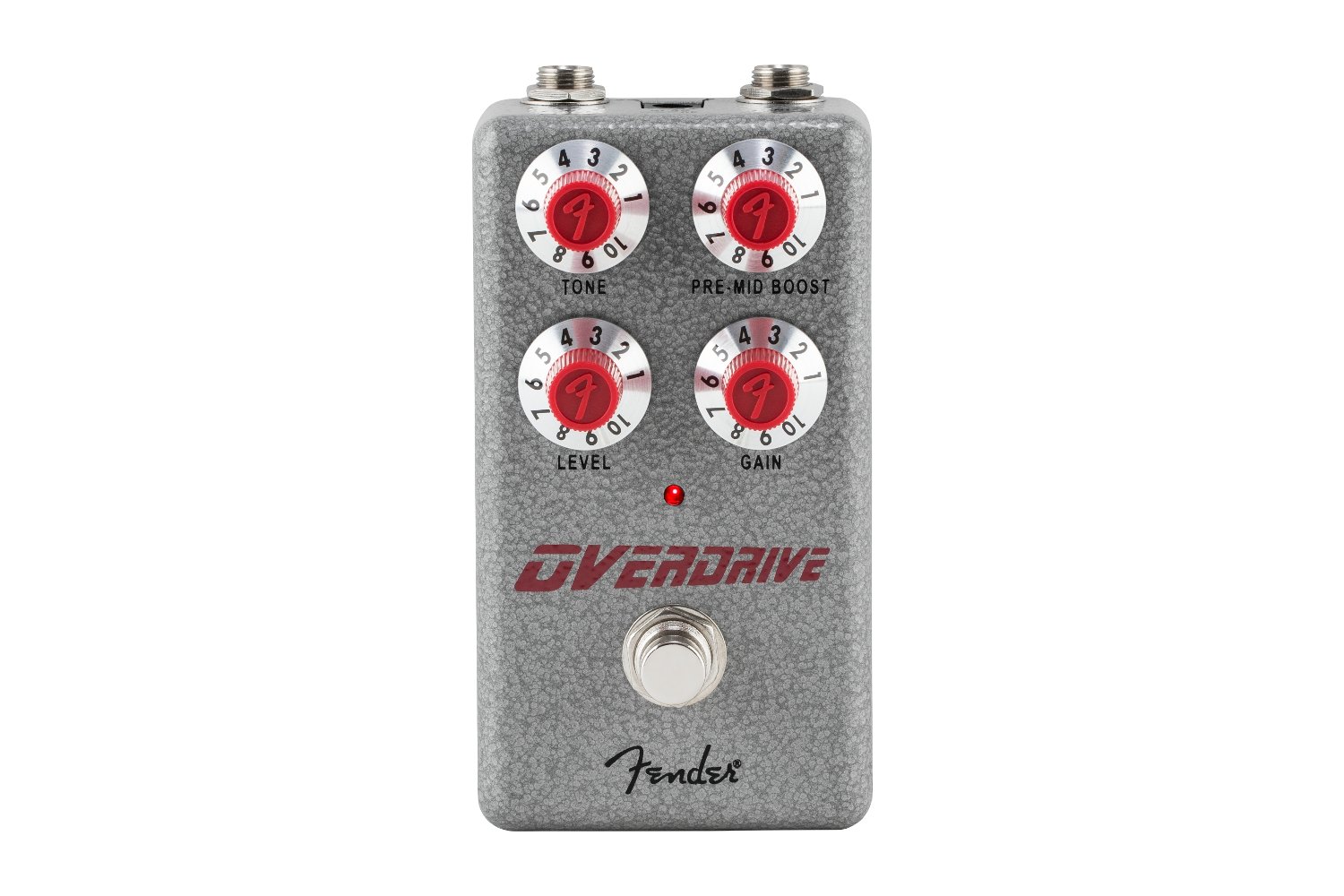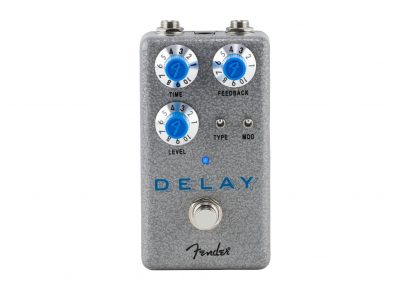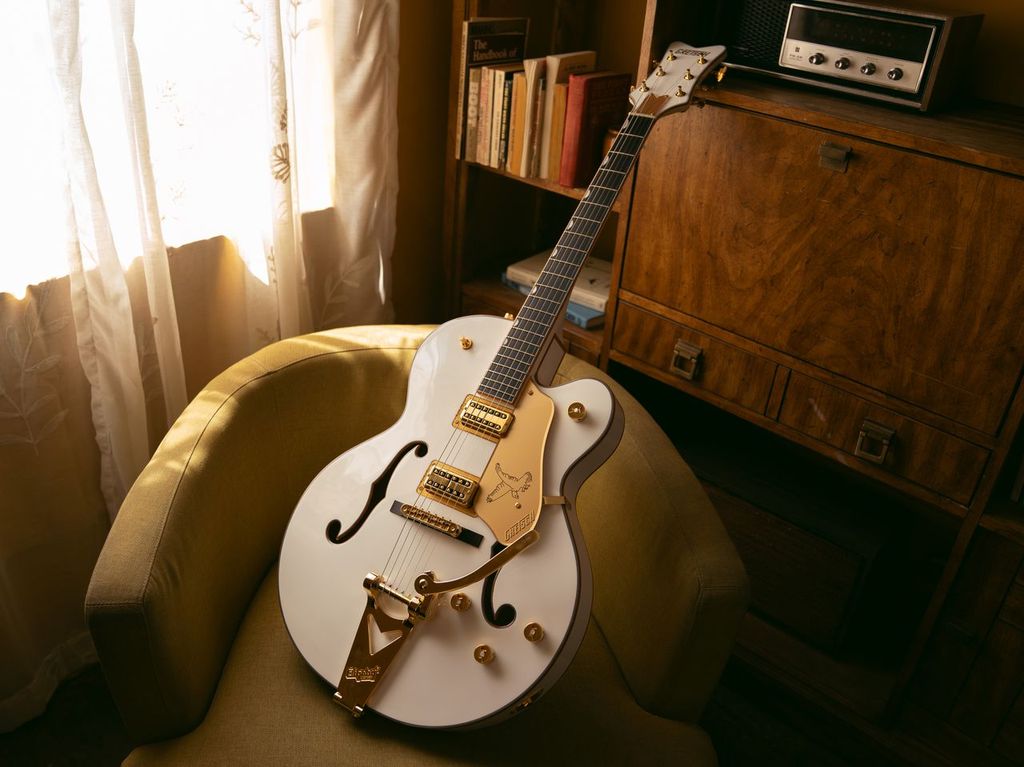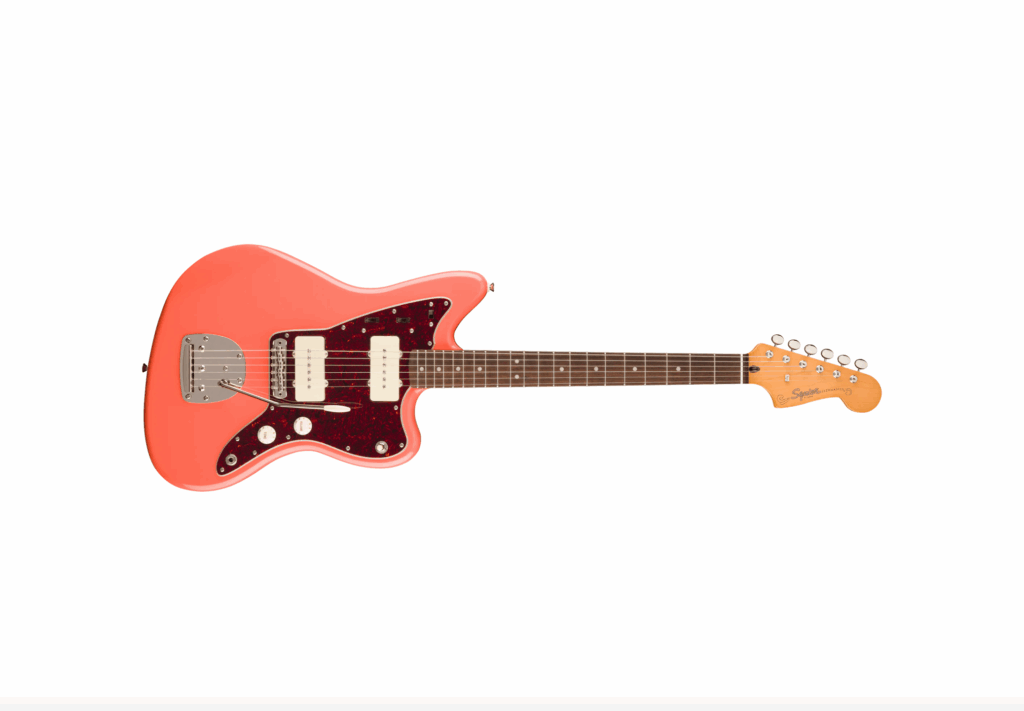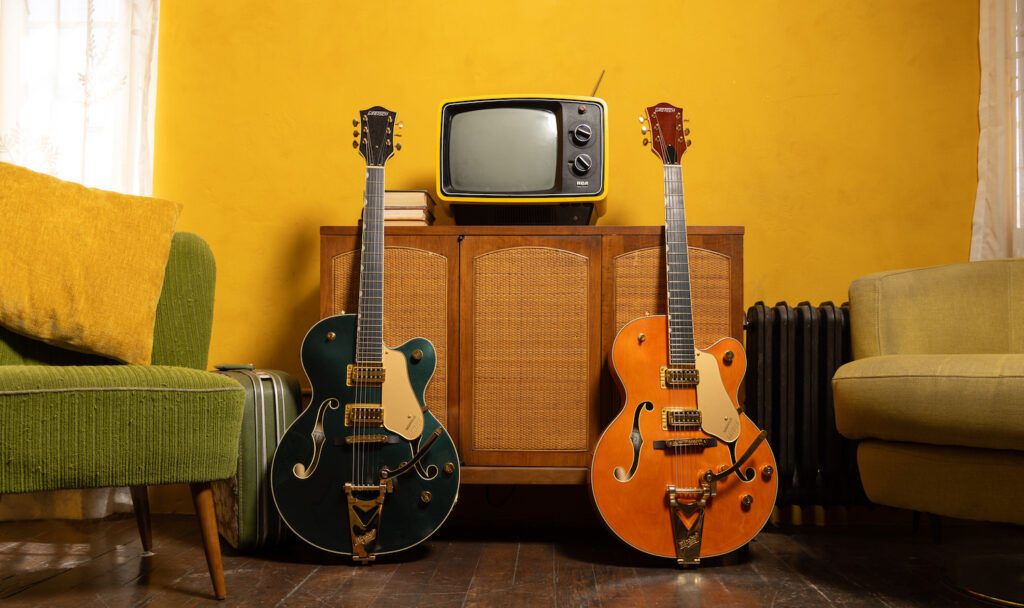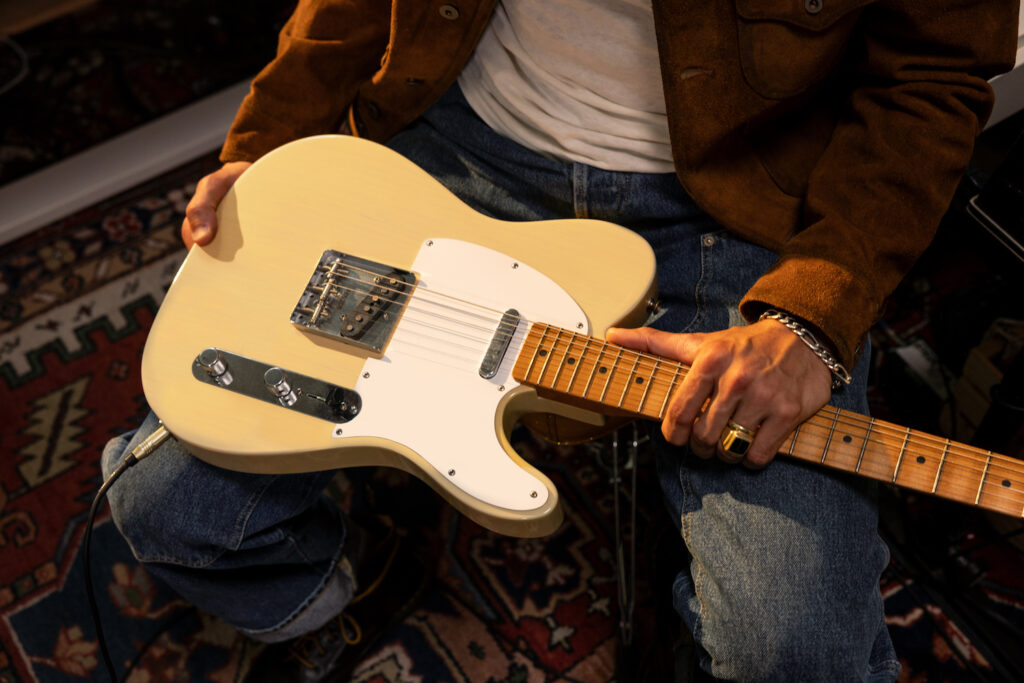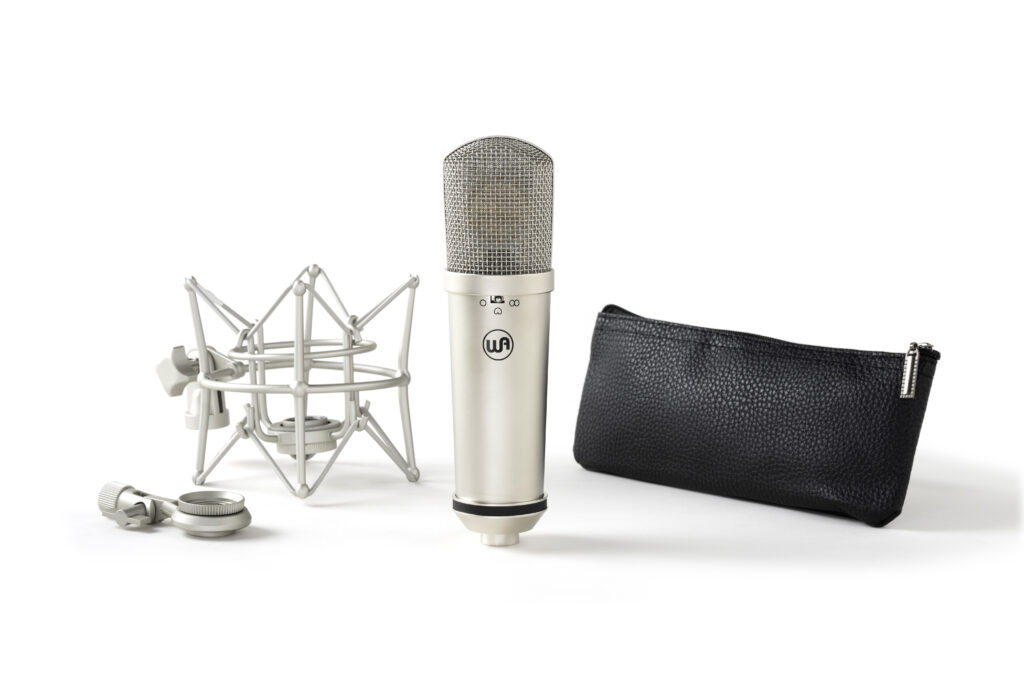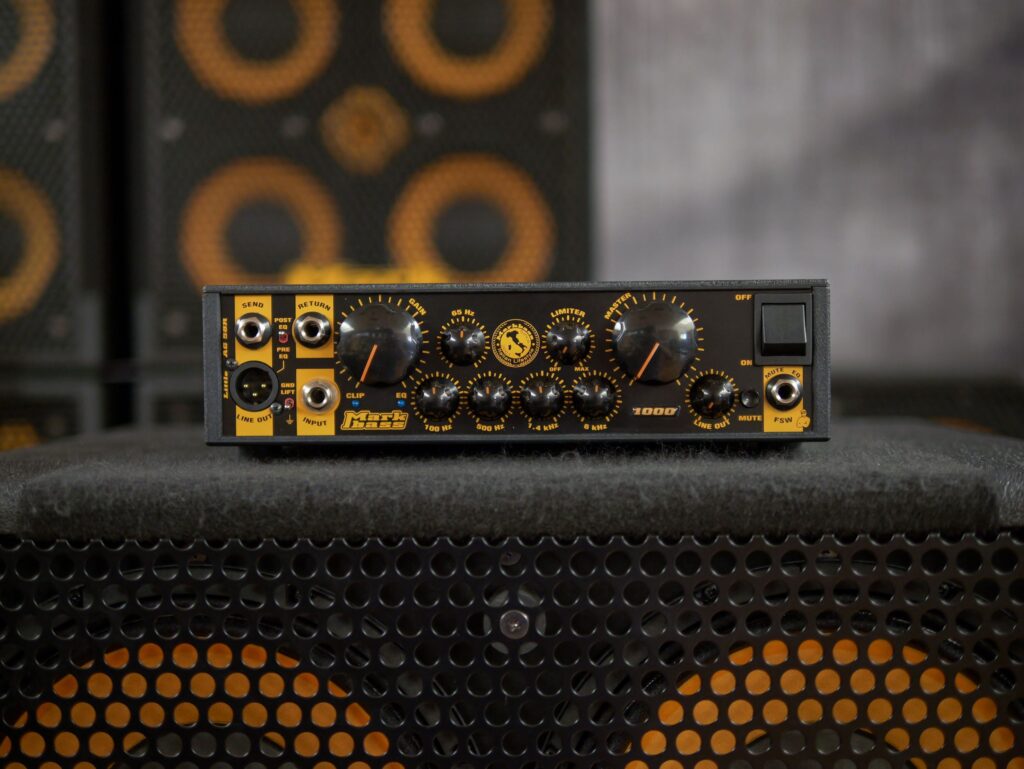Fender Australia | Price: $199
Fender’s venture into the effects pedals market in recent years has been exciting, not only for fans of the brand but for guitar players as a whole. Fender’s initial release of effects pedals were introduced in 2018 and achieved great success with the launch. However, these pedals tend to lie on the higher end of the monetary scale. They featured a large amount of controls whereby beginners and those new to effects pedals may be overwhelmed.
Read more product reviews here.
To combat this, Fender introduced the Hammertone line of effects pedals which is a slightly more budget-friendly option and has a simpler tone control system for players of any level. The Hammertone Overdrive is part of this new series of Fender effects pedals capable of crafting a wide array of tones competitive with other pedals sitting within its price range. Overdrive pedals are very diverse despite all being labelled as such, and are typically built with five different types of overdrive circuits, each with their own unique tonal and gain properties. The tried and true overdrive circuit is known as soft-clipping and has been used in abundance in hundreds, if not thousands, of overdrive pedals since the ‘70s. Based on the sound and controls implemented into this pedal, this is what Fender has used for their Hammertone Overdrive.
The Hammertone Overdrive comes in a tough aluminium hammered style casing (hence the Hammertone name) and its strength is evident upon taking the pedal from the box. Featuring easy-to-read metal dials with coloured Fender branded pots, the Hammertone is designed to be used reliably, gig after gig. The input jack, output jack, and power supply input are all top mounted on this and all other Hammertone series pedals, something that is atypical when compared with the vast majority of pedal builds where the input and output jacks and located on the right and left faces respectively. This may make the top faces of your pedals look overcrowded on your board, but it does offer different mounting and cable management options.
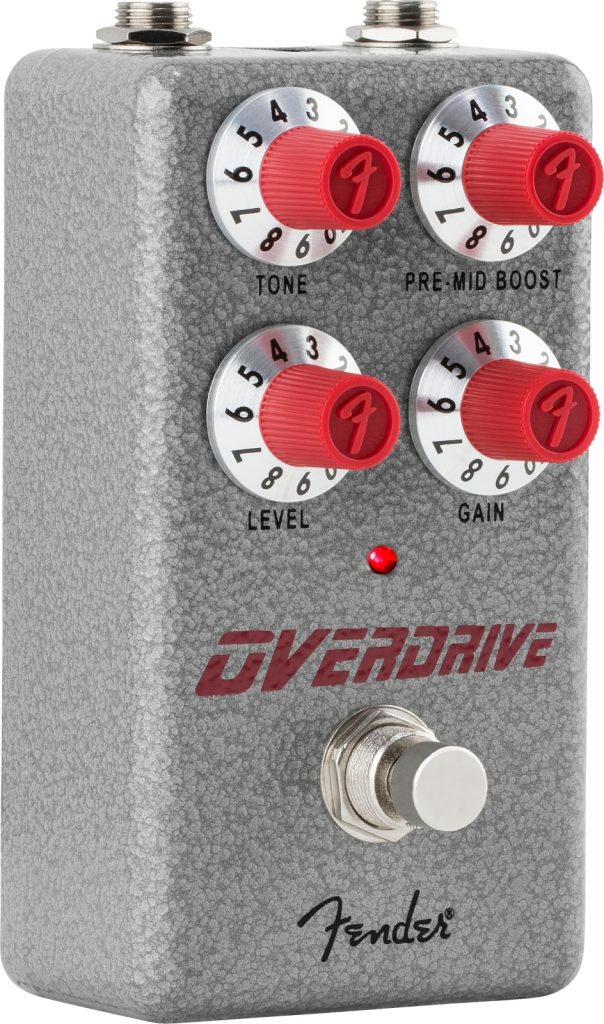
The pedal can be opened on the back with a coin, a handy feature that can save your gig in a live setting where you may have to change a battery quickly if you take that route to power your pedals. Interestingly enough, the Hammertone Overdrive has a hidden adjustable trim pot once the cover is removed. This control can only be adjusted with a screwdriver and it darkens the tone further and makes the pedal sound as though it’s being passed through a kind of damping filter. Although an interesting little feature, it’s not something that I’d say can be used practically. However, who knows what can be discovered with some experimentation!
The Fender Hammertone certainly seems to compliment single coil guitars. This is to be expected with most of Fender’s popular models featuring single coil pickups. The overdrive seems to respond best when put in front of an amp that is just at the point of breaking up, in order to compliment the amp’s natural drive sound rather than alter it. The tone of the pedal overall is rather dark and bass heavy when set below six, and sounds best when pushed to 10 where it really cuts through with its brightness and great response.
The pre-mid boost control certainly nudges this pedal up another notch compared to its competitors at the same price range. This addition of the pre-mid boost control can do what other overdrives of this price might lack. It is a rather subtle tone control on this overdrive. When set above seven, it gives the pedal a more old school ’80s overdrive sound, similar to that of a Tube Screamer. With the pre-mid boost dialled down, the overdrive has a more open feel. The pre-mid boost control can also sculpt tones based on what type of guitar you’re playing, whether it has humbuckers or single coils.
The level control works exactly as it should, it doesn’t have a volume jump when set at halfway and transitions naturally on this setting without an unwanted volume boost. With the level increased upwards from this, the pedal really comes to life and can push the amp to greater tone capabilities. Overall, the Hammertone Overdrive’s gain profile is relatively high compared to other overdrives on the market. Even at low settings of three or below, the pedal sounds like it really wants to go.
The pedal seems to have an underlying compression that comes through as the gain control is tweaked higher. Even when playing lightly or strumming heavily, the output is balanced. Despite starting with a comparatively high gain profile, the gain control still has a noticeable gentle sweep from rocky overdrive to tip-toeing the line of distortion. There’s a sweet spot within the gain control that can suit whatever you need from an overdrive. If you’re the type of player who likes to keep their guitar volume control on 10, don’t expect to get any smooth, clean, or transparent tones out of this pedal. With some experimenting between your guitar volume control and the gain and level control on the pedal, you can achieve a clean overdrive, but it’s not what the pedal naturally does by any means.
The Fender Hammertone Overdrive can be an exciting addition to your pedalboard. This pedal punches through with its extra mid range and wants to be heard. If you’re chasing an overdrive that sculpts your tone with some gritty richness and mid punch, this overdrive will fit wonderfully on your board.
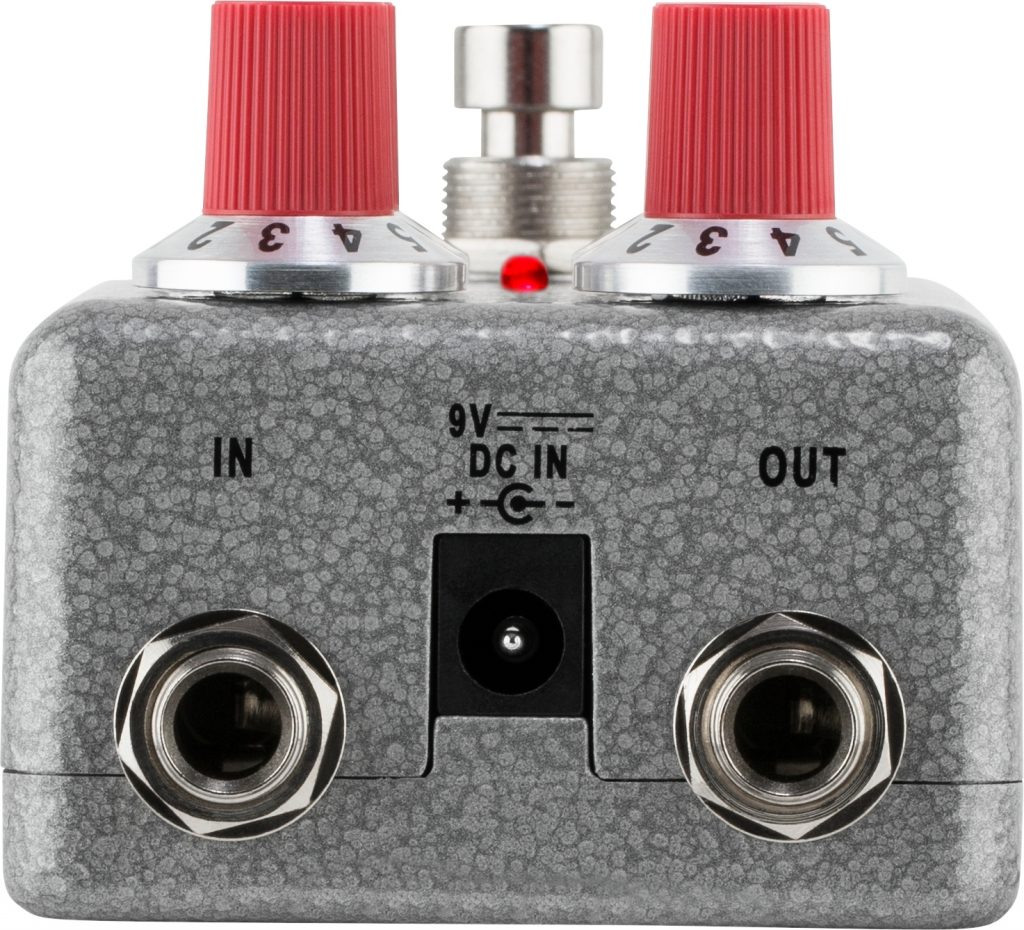
Head to Fender for more information.
